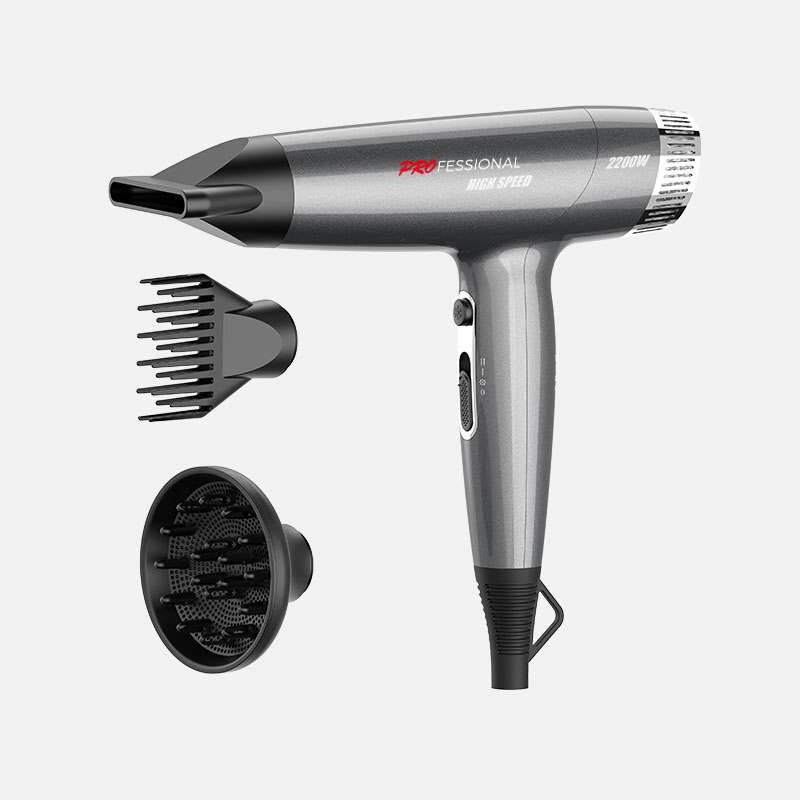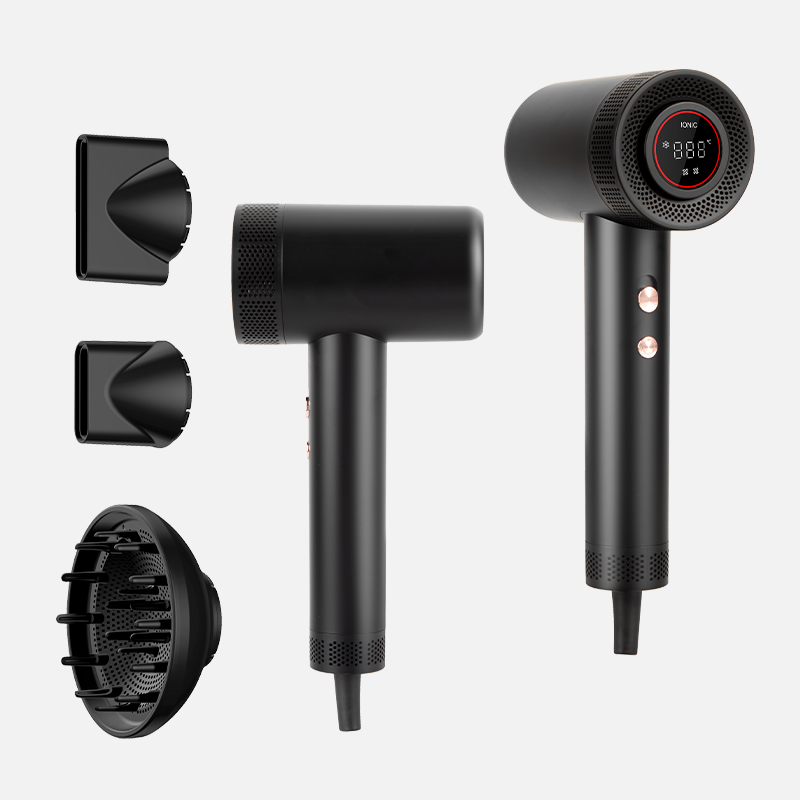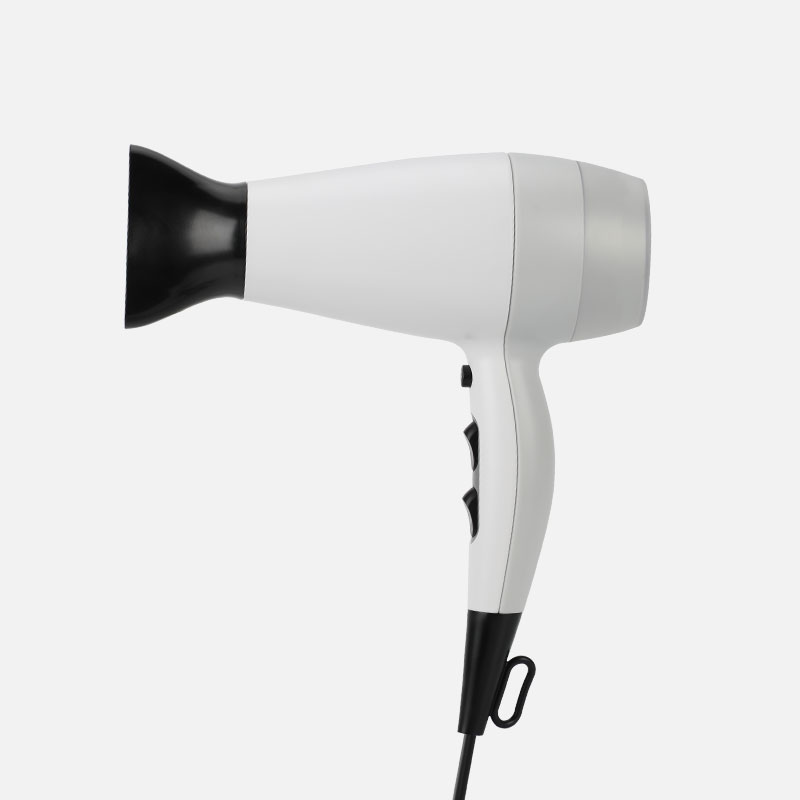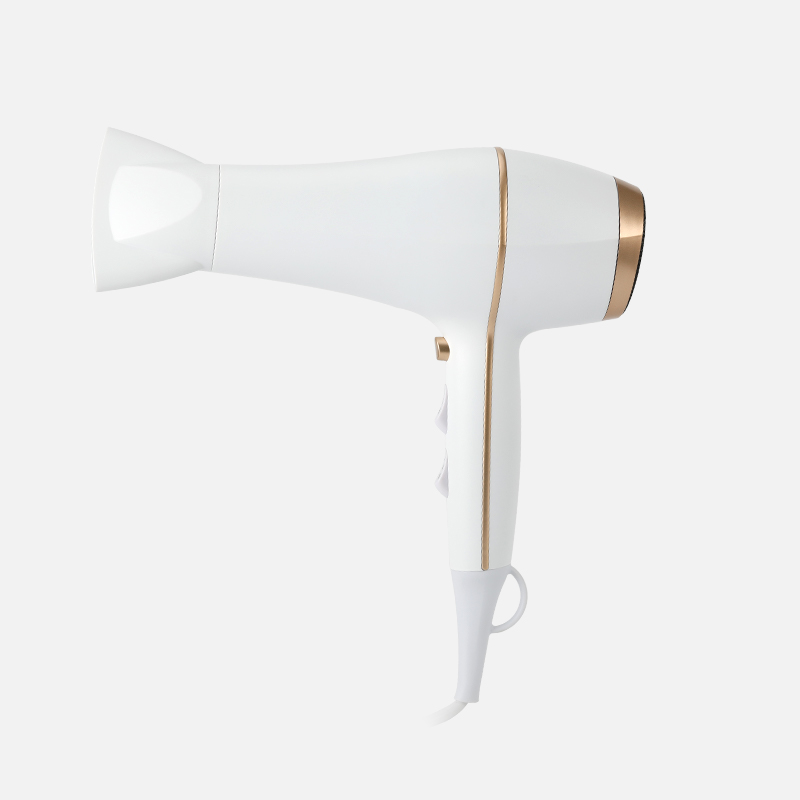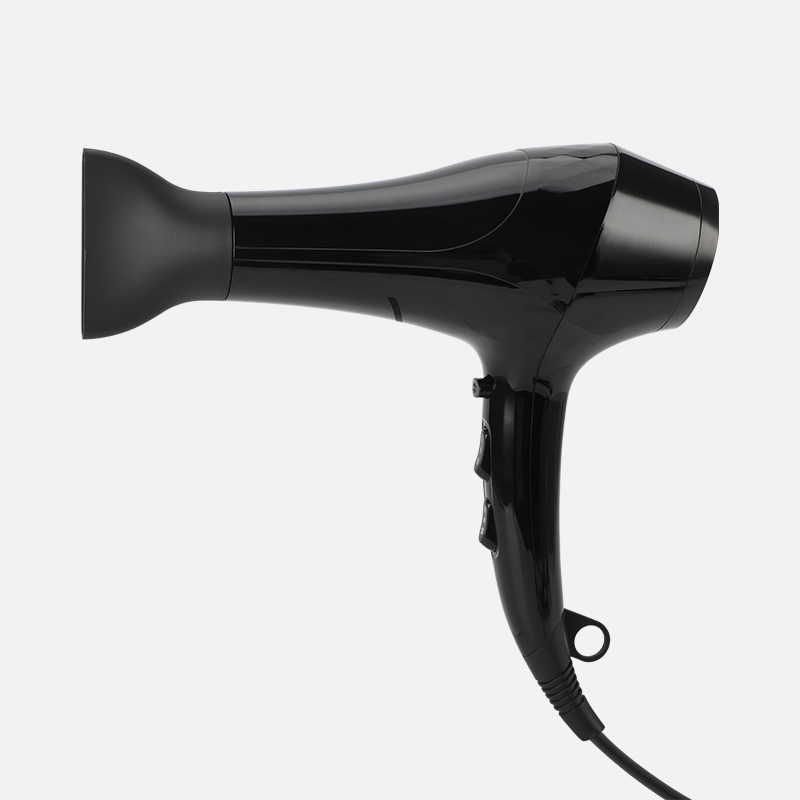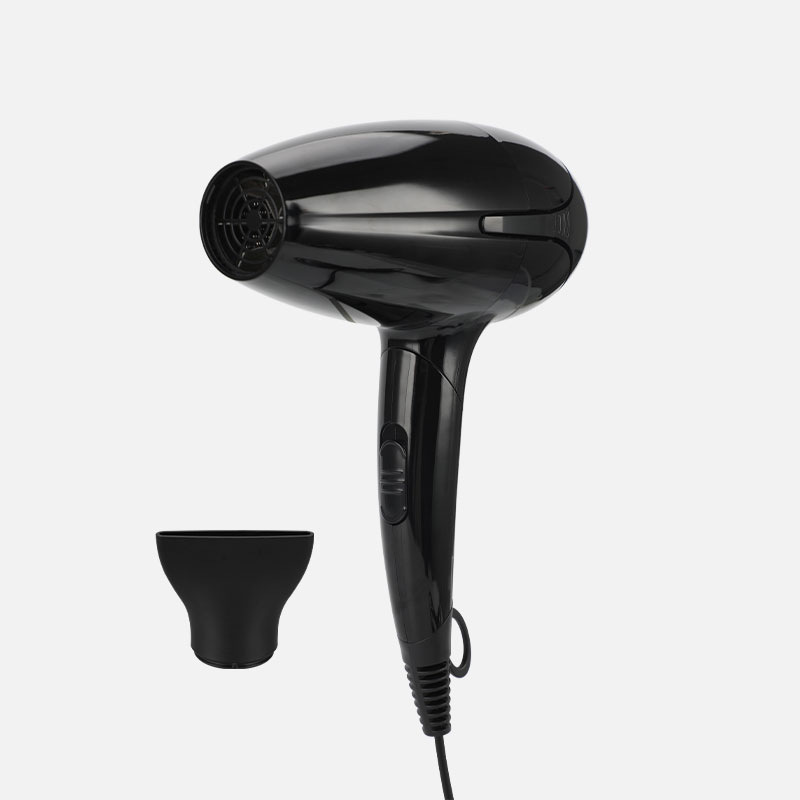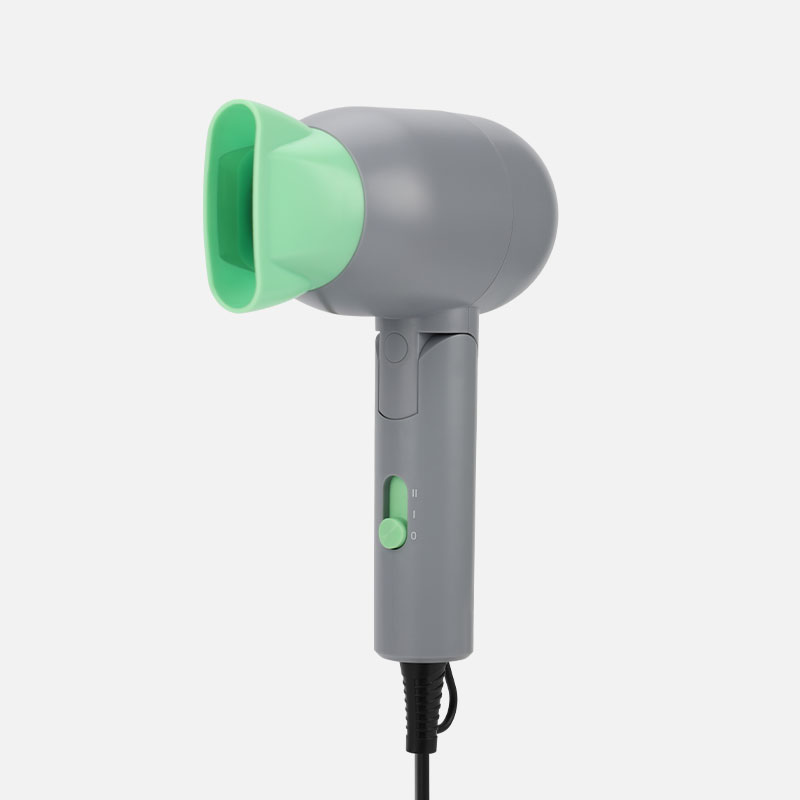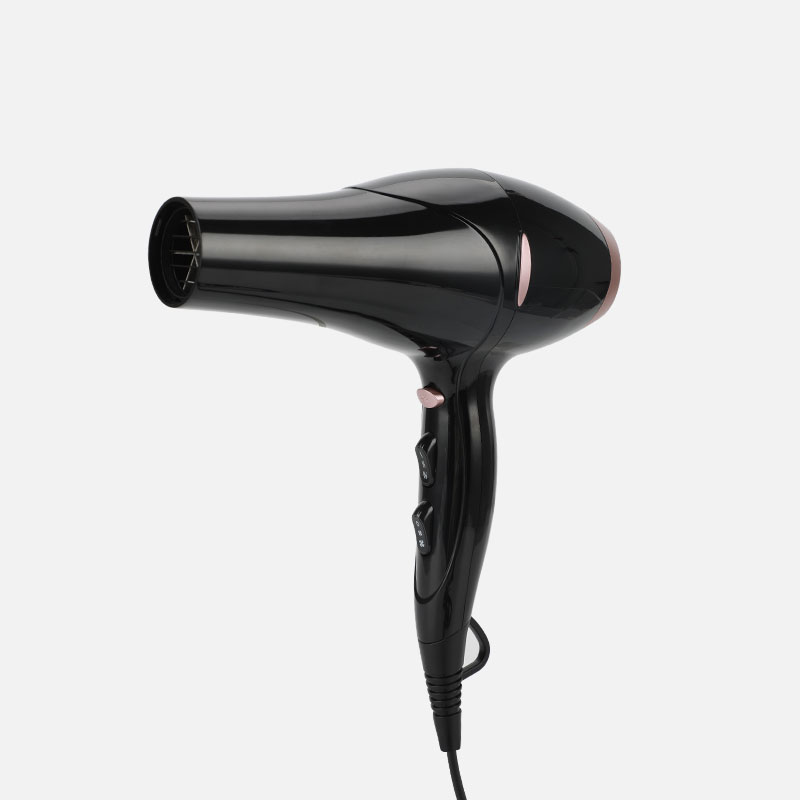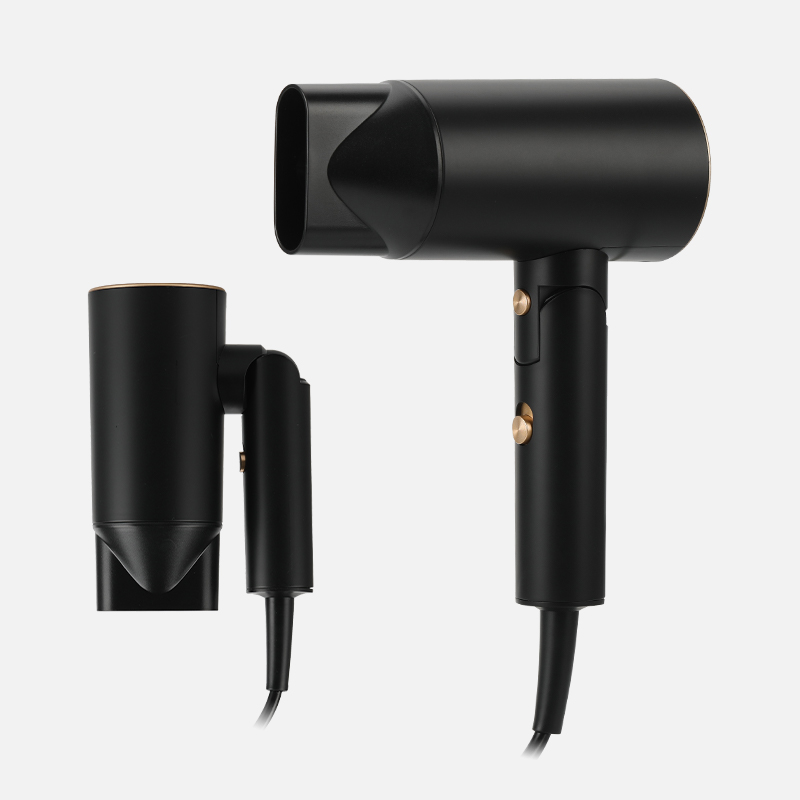UTRUST is a leading global OEM/ODM manufacturer specializing in hair styling tools. With our extensive experience and expertise, we provide exceptional OEM and ODM customization services to cater to the unique needs of our clients. Our key focus lies in the production of high-quality hair styling tools, with a particular emphasis on Hair Dryers.
【AC Motor Or DC Motor】
Hair Dryers are essential tools in the haircare industry, and at UTRUST, we understand the importance of delivering top-notch performance and reliability. Two commonly used types of motors in Hair Dryers are the AC motor and the DC motor. Let’s delve into their characteristics and differences.
AC Motor:
An AC (Alternating Current) motor is a robust and powerful type of motor commonly found in professional-grade Hair Dryers. It operates by converting electrical energy from the power source into mechanical energy through the use of alternating current. AC motors generate strong airflow and high heat output, allowing for faster and efficient drying. They are ideal for heavy-duty usage and are known for their longevity and durability.
DC Motor:
A DC (Direct Current) motor is a more lightweight and compact option often found in consumer-grade Hair Dryers. It operates by converting electrical energy from the power source into mechanical energy using direct current. DC motors offer quieter operation and are suitable for everyday use. While they may not provide the same level of power as AC motors, they still deliver ample airflow and heat for effective hair drying. Additionally, DC motors tend to be more energy-efficient, resulting in lower power consumption.
AC motors have a longer lifespan, but DC motors are actually very friendly to ordinary users for daily use, and DC motors tend to be lighter. The DC motor does not affect the average user doing styling at home every day. AC motors are generally aimed at professional hairdressers, who use hair dryers for a long time every day. In short, if you only use it for daily use, feel free to choose a DC motor hair dryer.
【Differences between AC and DC Motors in Hair Dryers】
1. Power and Performance: AC motors offer higher power output and airflow, making them suitable for professional and salon use. DC motors provide sufficient power for everyday use but may have slightly lower performance compared to AC motors.
2. Size and Weight: AC motors are typically larger and heavier due to their robust construction, while DC motors are more compact and lightweight, offering greater convenience for personal use and travel purposes.
3. Noise Level: DC motors tend to operate with reduced noise levels compared to AC motors, providing a quieter and more comfortable hair drying experience.
4. Durability: AC motors are known for their durability and long lifespan, making them a preferred choice for professionals. DC motors are generally less robust but still offer reliable performance for regular use.
At UTRUST, we offer both AC motor and DC motor options in our Hair Dryer product range, ensuring that our customers have the flexibility to choose according to their specific requirements. Our team of skilled professionals is dedicated to delivering exceptional hair styling tools with superior performance, innovation, and customization options to meet the diverse needs of our clients.
Choose UTRUST for unparalleled OEM and ODM services, and experience the difference in quality and excellence in the field of hair styling tools.


